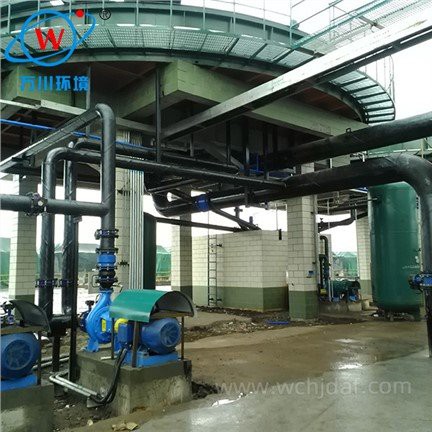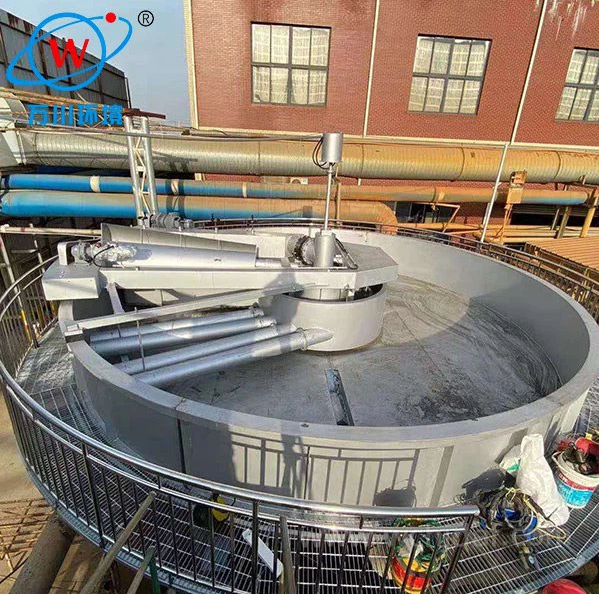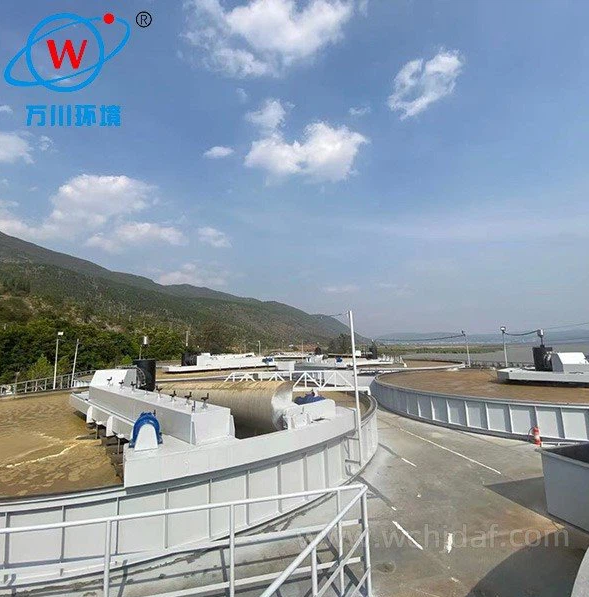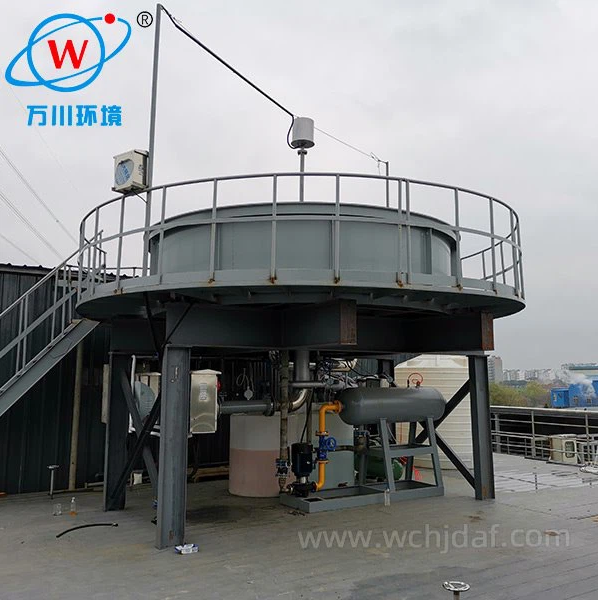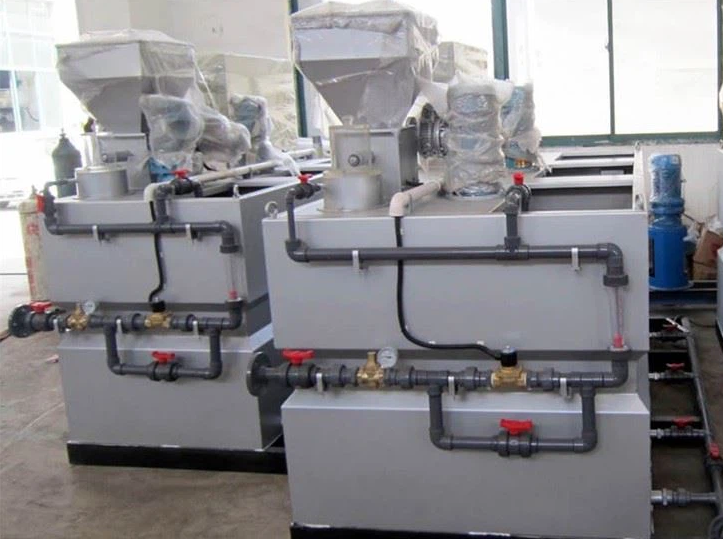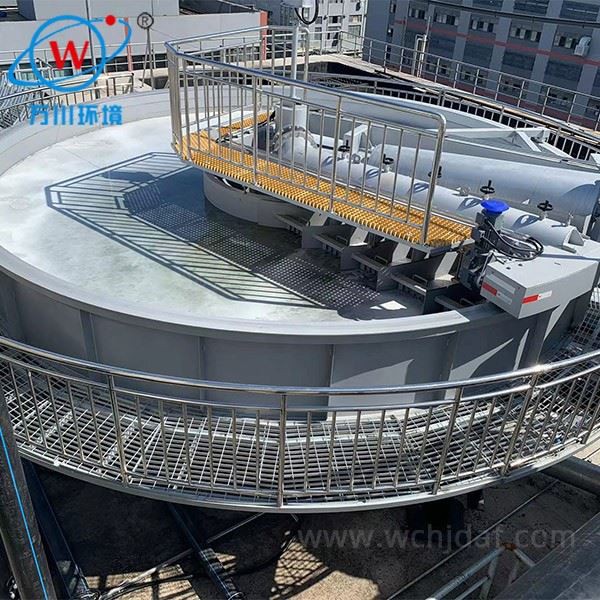Key factors affecting water treatment efficiency
-
1. Basic Influence of Influent Water QualityThe pollutant composition of the influent directly impacts treatment effectiveness. Excessive levels of oil, suspended solids, or the presence of large amounts of colloids in the wastewater will increase the bubble adsorption load and reduce the oil capture efficiency per bubble. Surfactants in the water can destabilize the bubbles, causing them to break prematurely and impairing flotation and separation. Fluctuations in influent temperature and pH can also alter water quality, indirectly affecting the ability of bubbles to bind pollutants.
-
2. The Key Role of Bubble CharacteristicsBubble size, density, and stability are key influencing factors. Excessively small bubbles are easily affected by water disturbances and struggle to aggregate. Excessively large bubbles rise too quickly, resulting in insufficient contact time with pollutants. Uneven bubble distribution can lead to localized variations in treatment effectiveness and create blind spots in purification. Insufficient bubble stability can lead to coalescence or breakage during ascent, preventing them from effectively carrying pollutants to the surface and forming scum.
-
3. Effect of Operating Parameter ControlImproper settings of operating parameters such as water flow rate and pressure can reduce treatment efficiency. Excessively fast flow rates shorten the contact time between bubbles and pollutants and easily disperse the scum layer. Excessively slow flow rates can cause sludge accumulation within the equipment, affecting water flow distribution. The pressure parameters of the cavitation generator directly determine the quality of bubble generation. Unstable pressure can lead to fluctuations in bubble characteristics, reducing the stability of treatment results.
-
4. Synergistic Effects of Added ChemicalsThe type and dosage of auxiliary chemicals can affect treatment effectiveness. An appropriate amount of coagulant aid can enhance pollutant cohesion and improve bubble adsorption efficiency. Excessive amounts of chemical aid can reduce bubble surface activity or lead to excessive floc formation, potentially clogging the equipment. The compatibility of chemical with water quality is also crucial. Improper chemical selection can prevent synergistic effects and even interfere with the bubble generation process.
-
5. Maintaining Equipment ConditionThe integrity of the equipment directly impacts treatment results. Clogged or worn cavitation generators can reduce bubble generation and quality. Poor performance of scraping equipment can prevent scum removal, leading to secondary pollution. Failure of the pretreatment system will allow large particles of impurities to enter the core equipment, affecting the normal interaction between bubbles and pollutants and reducing the overall treatment efficiency.

